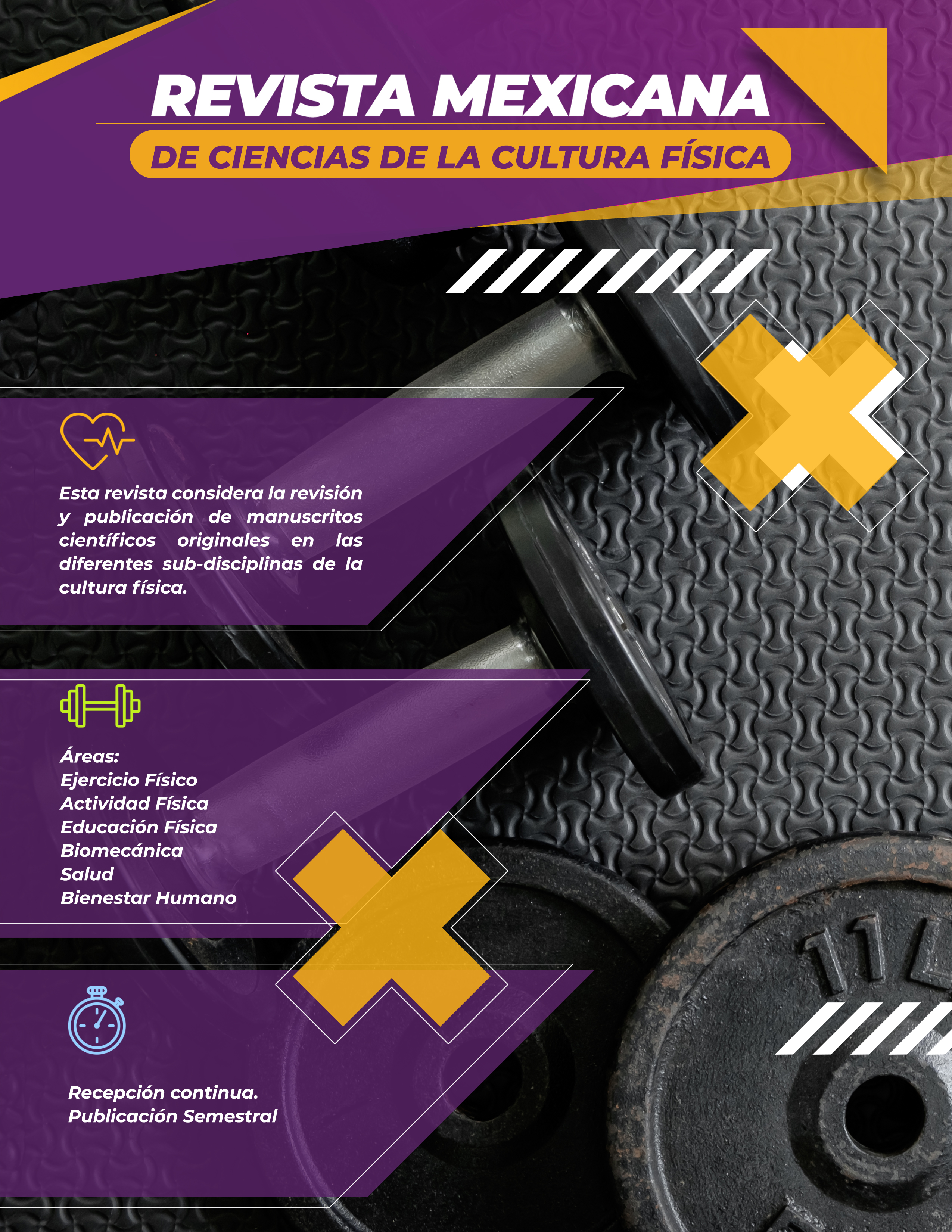Anaerobic capacity Physiological basis of anaerobic capacity: systematic review.
DOI:
https://doi.org/10.54167/rmccf.v1i1.901Keywords:
performance test, physical exerciseAbstract
The maximal accumulated oxygen deficit (MAOD) is considered as the gold standard to estimate CAn. However, MAOD exhibits some methodological drawbacks which hinders its estimation and viability. Recently has been proposed an alternative method that considers the sum of the excess post exercise oxygen consumption (EPOCrápido) and the blood lactate concentrations ([LA-]), called EPOCrápido+[LA-]. This method promises to be valid, reliable, and much more viable than MAOD. Therefore, the main purpose of this systematic review was to collect information regarding the physiological and technical basis that enable the estimation of CAn through this new method.
This systematic review carried out the search in the following databases: PubMed, Redalyc y Revista CAPES, besides, it followed the PRISMA recommendations. Were considered articles regarding the physiological bases, the use of EPOCrápido+[LA-] as a method and relevant articles due to its application on field.
The physiological basis of EPOCrápido+[LA-] as a method to estimate CAn relies on the relationship between the phosphocreatine (PCr) recovery, the oxygen consumption (V̇O2) during EPOCrápido and the equivalent of [LA-] expressed as O2. Besides, is sensitive to detect different levels of training and changes in CAn using ergogenics. Thus, EPOCrápido+[LA-] can be used to estimate the bioenergetics of sports. However, special attention should be played into the mathematical procedures used in its estimation.
Downloads
Downloads
Published
How to Cite
-
Abstract574
-
PDF (Español)333
-
HTML (Español)132
Issue
Section
License
Copyright (c) 2022 Joel Abraham Martinez Gonzalez

This work is licensed under a Creative Commons Attribution-NonCommercial 4.0 International License.













